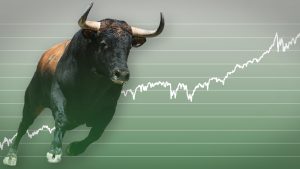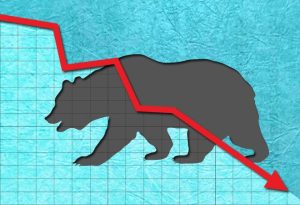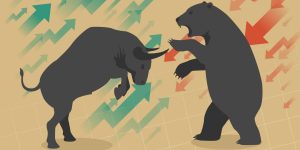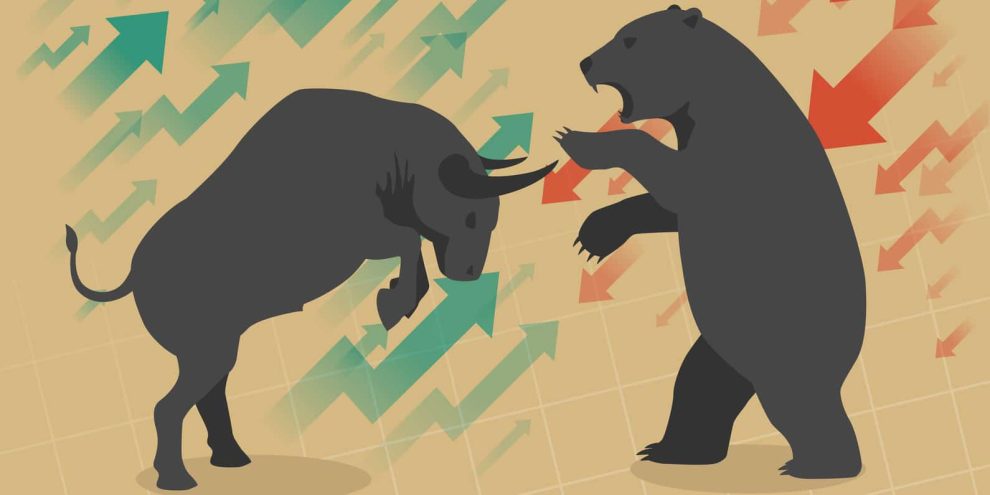Have you ever had a close look at how a bull attacks its prey and how a bear does? When a bull attacks its prey, it will thrust its horn up into the air. Whereas a bear will often attack in fear and will swipe down. This fact pretty much justifies this terminology in the stock market as well. If you are a stock market fan, you probably know what I am talking about.
Talking about the financial investing world, the terms “bull” and “bear” are frequently used. These terminologies refer to market conditions. It signifies how stock markets are doing in general. This means it indicates whether the assets are appreciating or depreciating in value. An investor pretty much knows how important it is to know the direction of the market. As it is a major force that has a huge impact on their portfolio. So, it’s important to understand how each of these market conditions is. And how it may impact your investments. This blog tries to differentiate these two popular terms, bull and bear market in the clearest way possible.
What is Bull Run?

A bull run is a financial term that refers to a situation where a particular asset or market is on the rise. The term is typically associated with the stock market but may be applied to anything that is traded between any two parties. Similarly, the Bull market occurs when investment prices are on the rise for sustained periods and when confidence is soaring. Thriving economies and low unemployment are the factors that usually accompany bull markets. When the stock is on the verge of rising or in the “bull” state investors are eager to buy or hold onto securities, thus creating a huge buyer’s market.
What is Bear Run?

In contrast to the bull run, the bear run is a financial term that refers to a situation where a particular asset or market is declining. The bull market is a sign of optimism whereas a bear market is a sign of pessimism. A bear market is when stock prices fall 20% or more for a sustained period of time. Bear markets often occur in periods of economic slowdown and higher unemployment. No investors at this run would like to buy into the market. Hence more investors want to sell, often fleeing for the safety of cash or fixed-income securities. This results in a seller’s market.
Bull Run vs Bear Run
A bull market represents a sustained increase in prices. In the case of equity markets, a bull market denotes a rise in the prices of companies’ shares. As mentioned above, the bull market is an optimistic phase. In a bull run, investors often have faith that the uptrend will continue over the long term. In this run, the country’s economy is competitively strong and employment levels are also high.

Talking about the bear run. In a bear market, share prices are continuously dropping. Since it is a pessimistic phase. Investors believe that the downward trend will continue. This belief further results in a downward spiral. During a bear market, the economy slows down and unemployment rises as companies begin laying off workers.
In the bull market, many investors wish to buy securities but only a few are willing to sell. As a result, share prices will rise as investors compete to obtain available equity. Whereas in the bear market, more people are looking to sell than buy. The demand is significantly lower than supply which leads to a decline in share prices.
So far we have learned that bear markets are associated with a weak economy. Businesses are unable to record huge profits since the consumers are not spending nearly enough. Such a decline in profits directly affects the way the market values stocks. The reverse occurs in bull markets since people have more money to spend, this drives and strengthens the economy.
Summing Up
We can conclude that both bear and bull markets will have a large influence on your investments. Hence observing where the market is going is essential homework to do before investing. However, over the long term, the stock market has always taken a positive return. Whether it be bull run or bear run, they both aren’t there for a long run. Because a bear run may lead to even stronger market returns whereas the bull market may face a drastic fall.
Also Read: Best Ways To Invest Money To Grow Your Worth









